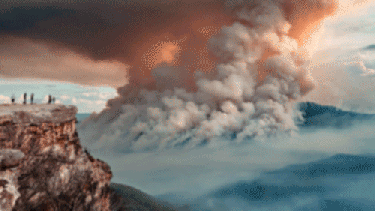
Sciences & Technology
Climate change is supercharging the world’s wildfires
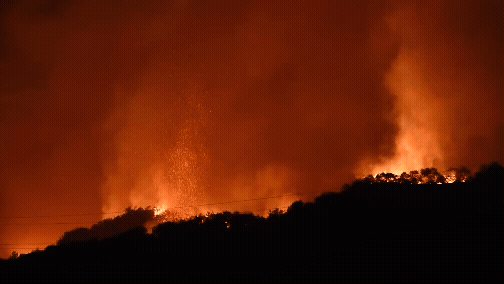
The second edition of an annual global assessment of wildfires warns that climate change has made burned areas 30 times larger in some regions
Published 16 October 2025
Predicting bushfires is difficult at the best of times. But as climate change wreaks havoc with our world’s weather systems it’s getting harder and more important to get right.
And the behaviour of wildfires worldwide over the last year has shown us just how unpredictable and devastating these fires have become.
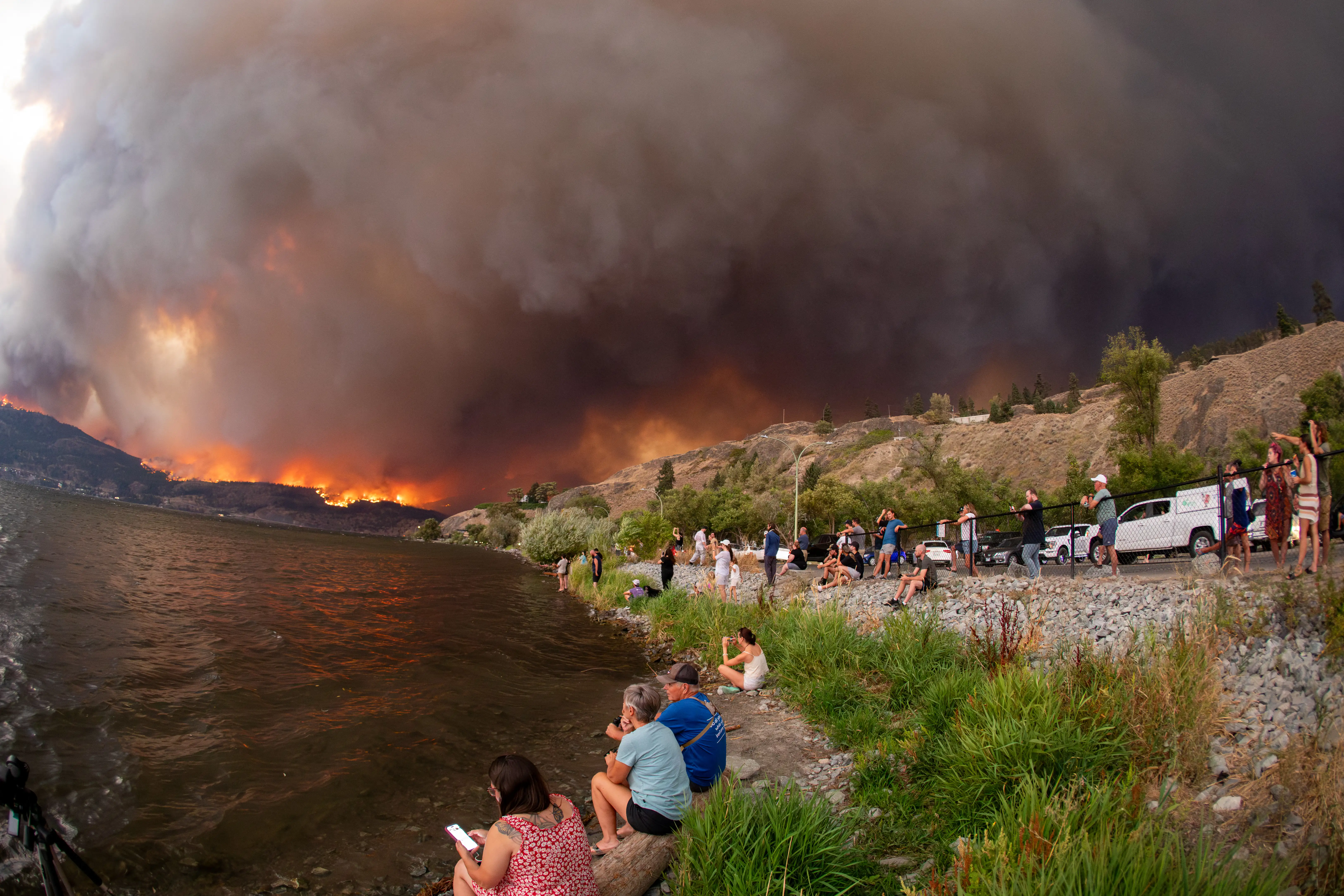
The second annual State of Wildfires report, which is published annually in the journal Earth System Science Data, is led by a team in the United Kingdom and features contributors from every fire-prone continent on Earth. And this includes us – as Australian co-authors and contributors.
And it reveals a stark picture of our world’s 2024-25 fire season.
An area larger than India – totalling 3.7 million square kilometres – was scorched by wildfires globally. These fires affected 100 million people and put around $US215 billion worth of homes and infrastructure at risk.
According to Dr Douglas Kelley, from the UK Centre for Ecology & Hydrology (UKCEH) and co-lead of the report, our reports are building unequivocal evidence of how climate change is increasing the frequency and severity of extreme wildfires.
The report’s findings for the period March 2024 to February 2025 are alarming.
Climate change made wildfires in the Pantanal-Chiquitano region of South America 35 times larger.
If we look at Southern California’s deadly fires – they were twice as likely and 25 times larger, in terms of burned area, in the current climate than they would have been in a world with no human-caused global warming.
And the record-breaking fires that ravaged parts of the Amazon and Congo were accelerated by climate change but also contributed to it – releasing billions of tonnes of CO₂.
According to Dr Francesca Di Giuseppe from the European Centre for Medium-Range Weather Forecasts (ECMWF) and report co-lead, climate change is not only creating more dangerous fire-prone weather conditions, but it is also influencing the rates at which vegetation grows and provides fuel for the fires to spread.
Using satellite observations as well as advanced modelling to identify and investigate the causes of wildfires from the last fire season, our team of international scientists investigated the role that climate and land use change played.
The devastating fires in Los Angeles in January 2025 that caused 30 deaths, forced 150,000 evacuations, destroyed at least 11,500 homes and resulted in economic losses totalling $US140 billion are a case in point.
Our analysis highlights the critical role of both extreme weather and fuel in the Los Angeles fires, with unusually wet weather in the preceding 30 months contributing to strong vegetation growth and laying the perfect foundations for wildfires to occur when unusually hot and dry conditions arrived in January.

Sciences & Technology
Climate change is supercharging the world’s wildfires
The amount and dryness of vegetation also played a critical role during the extreme wildfires in Amazonia and Congo, where abnormally dry forests and wetlands allowed fires to spread faster and further.
And if we look at emissions from wildfires, Canada saw its second consecutive year of wildfire CO₂ emissions exceeding a billion tonnes, while Bolivia had its highest CO₂ emissions total this century, as did several states across South America.
While fire activity did not reach the overall extent or impact of Australia’s previous seasons, like the 2019-20 Black Summer fires, there were still significant fires across Oceania’s highly diverse fire-prone landscapes.
This included more than 1000 large fires that burnt around 470,000 hectares in Western Australia, over five million hectares burnt in central Australia and major fires around Mount Isa in Queensland.
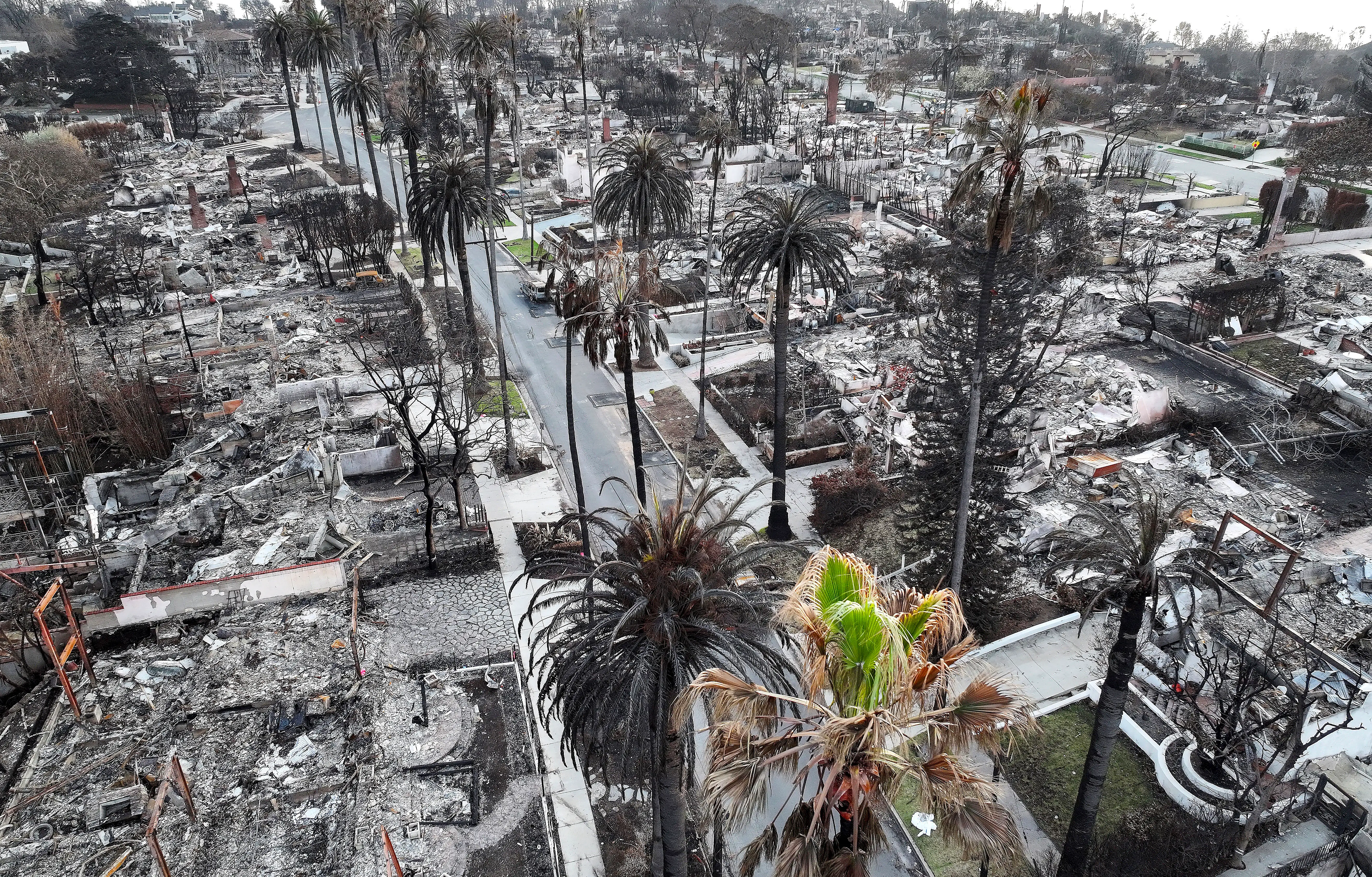
In Victoria, severe dry lightning outbreaks triggered major fires in culturally sensitive landscapes. The Grampians National Park saw two-thirds of its area burned and the Little Desert fire burned through 90,000 hectares in under eight hours.
Looking ahead, the turbulence of Australia’s weather outlook is making predicting future bushfires even more challenging.
In November, world leaders, scientists, NGOs and civil society will head to Brazil for the 30th annual United Nations Climate Change Conference (COP30) to discuss how to tackle climate change.
Our report urges immediate action in the face of hotter, faster and more frequent bushfires.
According to one report author, Dr Matt Jones of the University of East Anglia, world leaders at COP30 must make bold commitments to cut greenhouse gas emissions rapidly this decade.
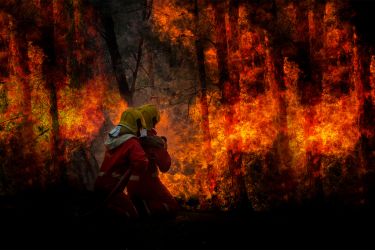
Environment
Facing the flames of complacency
This is the single most powerful contribution that most developed nations can make to avoiding the worst impacts of extreme wildfires on living and future generations.
While the future looks challenging, our report emphasises that it’s not too late to act.
Reducing deforestation, improving land management practices and enhancing early warning systems are among the measures that can help mitigate wildfire risks.
As Australia faces its own unpredictable fire season, what’s happening around the rest of the world serves as a stark reminder of the interconnected nature of our climate crisis and the urgent need for coordinated international action.
Dr Hamish Clarke has recently begun an ARC Mid-Career Industry Fellowship in partnership with the Department of Energy, Environment and Climate Action (DEECA), the Country Fire Authority (CFA) and Natural Hazards Research Australia.